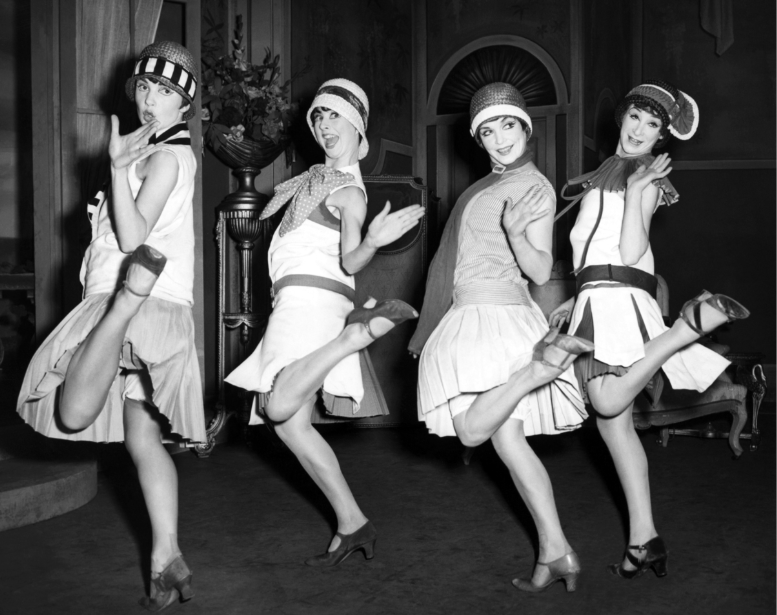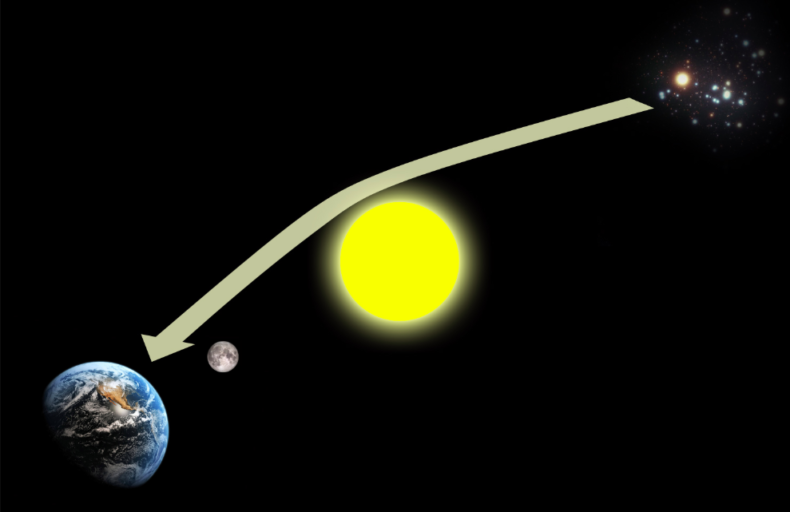
The world of science entered November 6, 1919, as gray as a doughboy and exited it dancing like a flapper. That afternoon, British Astronomer Royal Sir Frank Dyson announced at a special meeting of the Royal Society in London that a recent experiment had validated a new theory of relativity. The occasion provided one of the few pure before-and-after moments in the history of physics—an occasion so rare that its very existence remains as impressive as both the theory and the brain behind it.
The centennial of the Royal Society announcement two weeks ago prompted the kind of tributes that Albert Einstein anniversaries usually do: essays and events chronicling the ascension of Einstein into the pantheon of the popular imagination. The topic is, in fact, endlessly fascinating, an enduring enigma: Why would a scientist become so famous for creating a seemingly indecipherable theory?
Part of the reason, as many commentators observed, was political. On November 6, 1919, the first anniversary of the Armistice of 1918 was only five days away, and an intellectual collaboration between a German resident and British scientists might well have symbolized the end of hostilities and hope for the future. Perhaps it even portended a return to fun and whimsy. As The New York Times headlined an article trying to explain the new theory to its readers: “JAZZ IN SCIENTIFIC WORLD.”
Part of the reason was personal. Long before he became the fright-wigged, iconoclastic face of science, Einstein embodied the romantic ideal of not just mind over matter but one mind over all matter. “EINSTEIN THEORY TRIUMPHS” read another New York Times headline, citing the theorist by name not because anyone outside of a small circle of physicists knew who this person was but because somebody named Albert Einstein was a person: a lone intellect reimagining the universe.
And part of the reason for the fascination with one person’s creation of a monumentally obscure new theory was that very obscurity. Newton’s universal theory of gravitation assumed that space was analogous to a static three-dimensional geometrical grid, a passive background against which matter moved. Einstein’s theory recast space as active—an equal in a collaboration with matter that produces a flexible four-dimensional space-time continuum. The evidence that Dyson cited at the Royal Society meeting came from two expeditions to a total solar eclipse earlier that year; photographs showed that the great gravitational mass of the Sun bent space so that the light traveling to our eyes from background stars didn’t match the stars’ usual locations, when the Sun isn’t an obstacle. The New York Times claimed that “TWELVE WISE MEN” at most (“No More in All the World”) could understand why. (The estimate was generous.)

All these political, personal, and physical aspects of the Royal Society announcement were worthy of the centennial remembrances they received. But before the anniversary recedes too far into the past, I’d like to commemorate one more cause for celebration:
Prior to November 6, 1919, the only example of a revolution in our understanding of gravity was the universal theory Isaac Newton introduced in 1687, in his Principia. For the ancients, guessing how the universe works depended on logical inference, and what logic told them is that up there worked one way (perfect substances moving in perfect circles) and down here another (imperfect substances darting about according to their natures—dirt and water falling, fire and air rising). Newton’s gravitation, however, depended not so much on logical inference as on mathematical certainty. And what math told Newton is that the distinction between up there and down here is a fallacy. Both realms follow the same laws; the two realms are in fact one.
But since November 6, 1919? Nothing. Investigations of gravity have of course revealed extraordinary phenomena: black holes, dark matter, dark energy, gravitational waves, and on and on. But general relativity remains the means for understanding those phenomena—and after the quantum revolution of the 1920s, we’ve known that general relativity is incomplete. The math on the smallest, quantum scales of the universe doesn’t match the math on the larger, Einsteinian scales. When Einstein’s equations for gravity outside a black hole meet the quantum equations for particle physics inside a black hole, the math collapses into incoherence.
What’s a universe to do?
Wait. The third, and possibly final, step in the evolution of our understanding of gravity—the one uniting general relativity and quantum mechanics—is yet to come. Or it might never come. The possibility that we have reached the limits of our powers to solve the mysteries of the universe has haunted us for as long as we’ve been thinking about the universe. “We have but little to go upon,” Aristotle lamented, “and are placed at so great a distance from the facts in question.”
But the legacy of Newton and Einstein is that the fundamental mysteries of the universe aren’t impenetrable, and so the current consensus assumption is that the next revolution will in fact happen. Maybe not in our lifetime. Then again, maybe so. In fact, maybe—as the scientists who gathered at the Royal Society in London on the afternoon of November 6, 1919, could attest—today.